Novak Djokovic Withdraws from French Open: What Happened?
The sporting world was left in shock as Novak Djokovic, the top seed and defending champion, announced his withdrawal from the 2024 French Open due to a knee injury. The injury occurred in a grueling five-set match against Francisco Cerundolo. Djokovic, known for his resilience and impeccable physical conditioning, succumbed to a torn medial meniscus in his right knee. The match dynamics against Cerundolo had spectators on the edge of their seats, but it took a toll on Djokovic, leading to this unfortunate outcome.
The Severity of the Injury
Medical examinations and a subsequent scan confirmed the worst fears: Djokovic had a torn medial meniscus in his right knee. This injury is particularly significant for any athlete, as it affects mobility and can have a prolonged recovery period. The seriousness of the injury means he would have to undertake surgery followed by extensive rehabilitation, which inevitably means time away from the court. This is a significant setback not just for Djokovic, but also for his fans and the tournament organizers.
Implications for the Tournament
The withdrawal of such a high-profile player has immediate consequences for the tournament. Casper Ruud, who was supposed to face Djokovic next, automatically advances to the semi-finals. Ruud, one of the rising stars in the tennis world, now has a golden opportunity to make a deeper run in the tournament. This shift creates an unexpected but exciting twist for tennis fans and analysts.
Historic Shift in ATP Rankings
The ramifications aren’t limited to just the French Open. One of the most notable outcomes of Djokovic’s withdrawal is the reshuffling of the ATP rankings. Jannik Sinner has now risen to become the new No. 1 in the ATP rankings, making history as the first Italian male to achieve this feat. Sinner's ascent marks a significant milestone for Italian tennis and is a testament to his hard work and consistent performance over recent months.
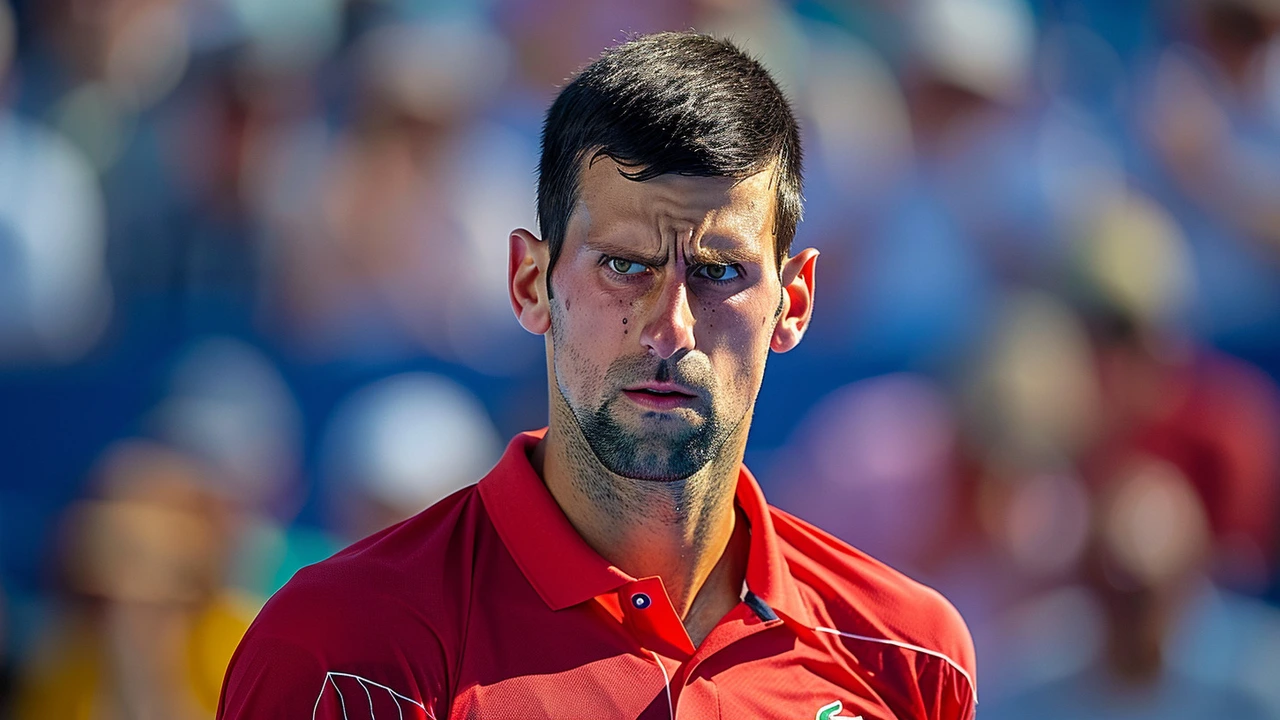
Concerns Over Court Conditions
During the match against Cerundolo, Djokovic was vocal about his concerns regarding the court conditions. He felt that the surface was slippery and potentially hazardous. Djokovic suggested that better and more frequent maintenance of the court might have mitigated the risk of injuries. His comments have sparked a wider conversation within the tennis community about player safety and court conditions.
Players’ Reactions and Future Implications
In the wake of Djokovic's injury and comments, other players and coaches have also started expressing their opinions on the matter. Many agree that player safety should be the top priority and propose regular inspections and maintenance, especially during high-stakes tournaments like the French Open. These discussions could lead to changes in how tournaments are organized and maintained in the future.
What's Next for Djokovic?
For Djokovic, the primary focus now would be on recovery. The timeline for his return to competitive tennis would largely depend on the success of his surgery and subsequent rehabilitation. Given his history of determination and strong comeback after injuries, fans and analysts are hopeful that he will return to the court stronger. However, this injury could also mark a turning point in his career, requiring careful management to prolong his years in top-tier tennis.
A Resilient Champion
Novak Djokovic has faced numerous challenges throughout his illustrious career, and each time, he has managed to bounce back stronger than ever. This knee injury is yet another formidable obstacle, but if history is any guide, Djokovic's resilience and fighting spirit will see him through this tough phase. The tennis world waits eagerly for his return, hoping to witness more of his masterful performances.
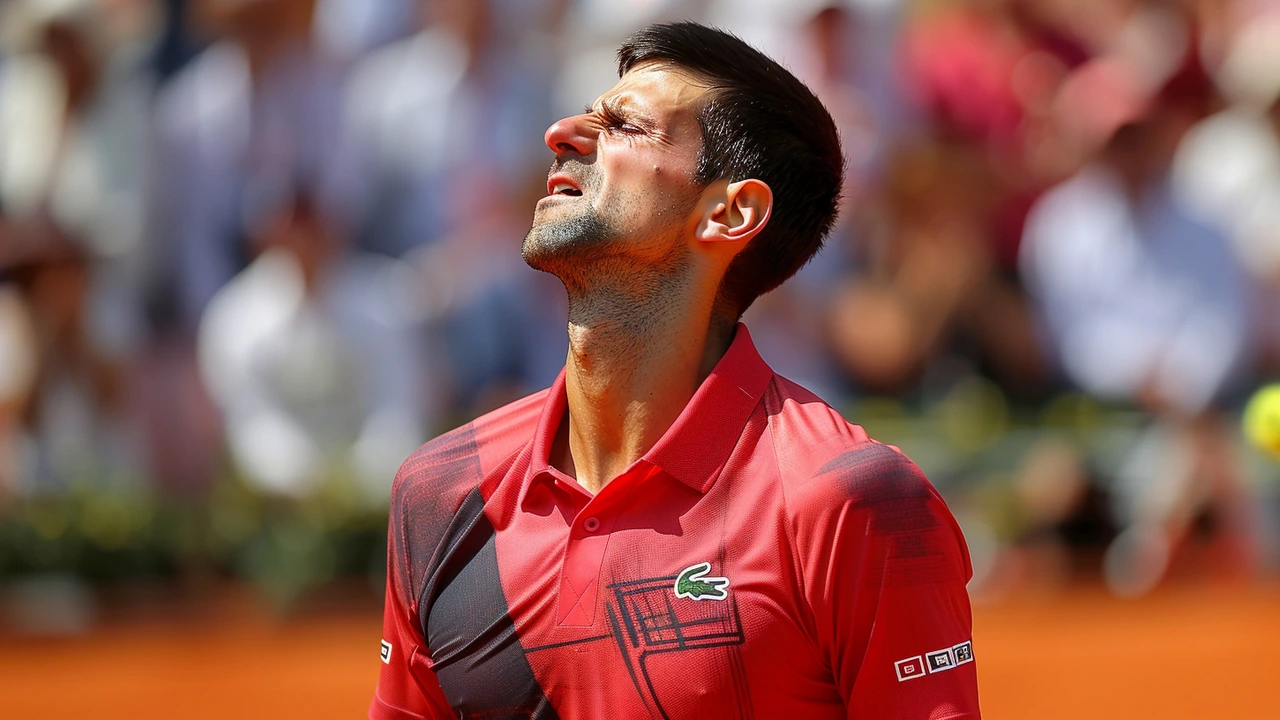
Conclusion
Novak Djokovic’s withdrawal from the French Open 2024 is a significant event in the world of tennis, impacting not just the tournament but also the broader landscape of the sport. While his injury is a setback, it has paved the way for new faces and future stars to shine. The rise of Jannik Sinner to the No. 1 spot in the ATP rankings is a silver lining in this challenging scenario. As Djokovic focuses on recovery, the tennis community rallies behind him, hopeful for his swift and successful return.

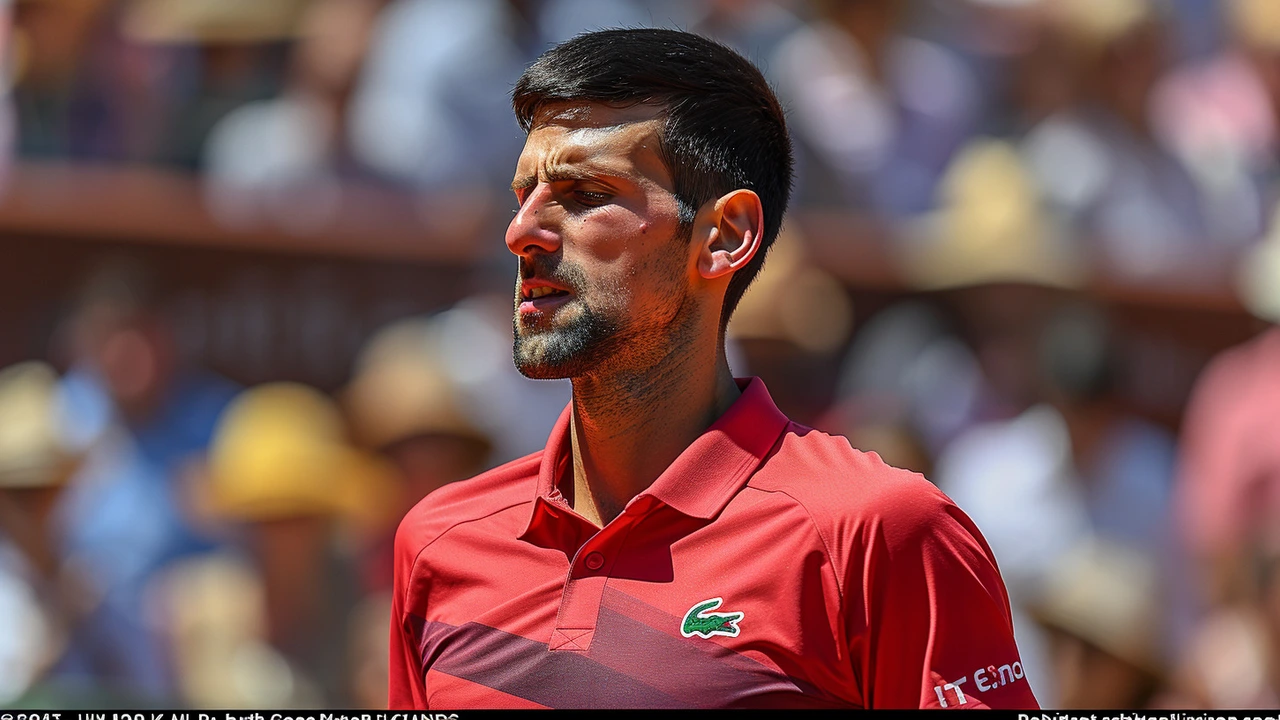

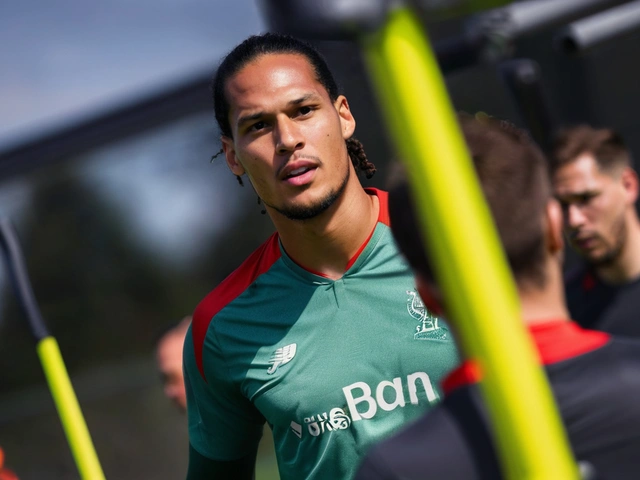
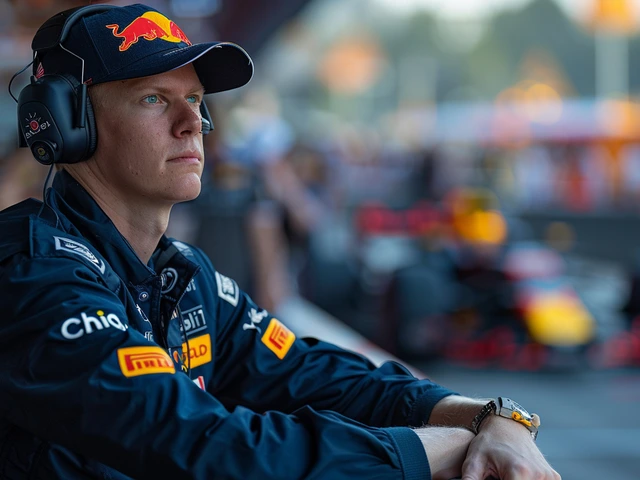

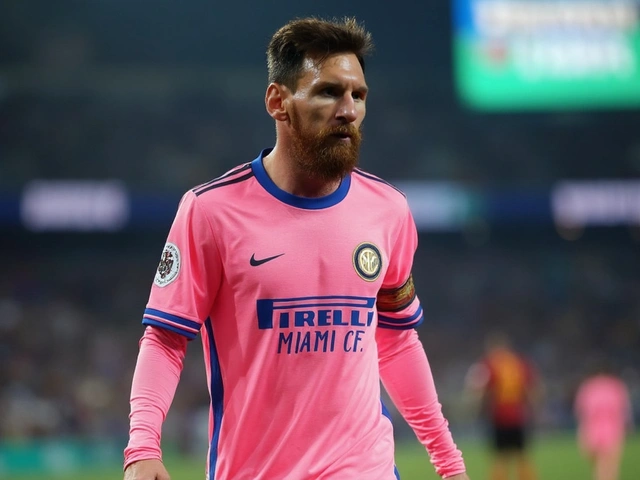
Diego Vargas
Well, the facts speak for themselves: a torn medial meniscus is no joke especially for a player who relies on his baseline endurance. Djokovic’s style puts a lot of stress on knee rotation, so the injury isn’t completely unexpected despite his rigorous conditioning. He’s played a five‑set marathon against Cerundolo, which undeniably increased the load on his right leg. The medical scans confirmed a full‑thickness tear, meaning surgery and months of rehab are probably on the table. So while fans are gutted, the reality is that pushing through could have led to a more serious long‑term damage.
Alex Lee
Djokovic flopped badly, never a surprise.
Vida Yamini
I can totally understand how disheartening this must feel for Novak and his supporters. The knee is such a crucial joint for the kind of lateral movement he constantly displays on clay. A torn meniscus can really set a player back, especially when the recovery protocol isn’t followed correctly. It’s important to remember that many champions have come back stronger after similar setbacks. The key is to give the body the time it needs and not rush the return. Rehab should focus on both strength and flexibility to protect the joint. Proper physio can help rebuild confidence in the knee’s stability. Keeping mental resilience high is just as vital as the physical work. Support from fellow players and fans can boost morale during those grueling rehab days. Nutrition, sleep, and low‑impact cardio are also essential components of a full recovery. Don’t forget the value of cross‑training, like swimming, to maintain overall fitness without stressing the knee. The coaching team should map out a realistic timeline that balances ambition with health. Patience will pay off when Novak steps back onto the court with a fully healed knee. The tennis community has a history of rallying behind its stars in times of injury. He can use this period to refine other aspects of his game, like serve placement and tactical awareness. When he returns, the focus should be on sustainable performance rather than just winning at any cost.
James Lawyer
From a regulatory perspective the tournament’s liability concerning court maintenance warrants careful examination. Organizers are obligated to provide a playing surface that meets the International Tennis Federation specifications, and any deviation could be construed as negligence. While player comments highlight perceived slippage, the official inspection reports should be reviewed to assess compliance. Moreover, the contractual agreements with athletes typically include clauses addressing injury risk, though they rarely absolve the host of surface‑related responsibilities. In light of these factors, a thorough audit of the court’s preparation protocols appears prudent.
Abby Culbertson
i feel so sad for nova. hope he gets better soon.
Awolumate Muhammed Abayomi
Yo guys! Let's keep the vibes up for Nole, we all know he will bounce back stronger. I saw some typos in the report but w/e, the man is a warrior! Keep cheering and stay positive, we got this!!!
Josh Tate
Honestly, watching Novak go down was tough on all of us. It reminds me how fragile even the toughest athletes can be. The best thing we can do right now is send positive thoughts his way and trust the medical team to handle his rehab properly.
John Smith
Everyone forgets that Djokovic’s career stats actually show a pattern: after each major injury he’s come back with a higher win‑percentage, so this could be another catalyst for his next surge. The meniscus tear, while serious, is treatable and with his dedication he’ll probably be back on clay faster than most predict. Remember, the guy has a mental edge that most players simply lack.
Alex Soete
Alright folks, let’s channel that energy into supporting Novak’s comeback journey! A solid rehab plan combined with the community’s encouragement can make a huge difference. Keep the discussion constructive and focus on what we can learn from his resilience.
Cara McKinzie
Ugh, this is just another reminder how fickle sport can be. Like, one moment you’re on top and the next you’re out – sooo typical.
Joseph Conlon
I see a lot of people praising the tournament’s effort, but we need to ask whether this incident is truly an isolated case or a symptom of deeper systemic issues. The slippery court could be a product of budget cuts or inadequate staffing, which many organizers prefer not to discuss openly. While some argue that players should simply adapt to varying conditions, the fundamental responsibility lies with the event managers to ensure safety. Moreover, repeatedly pointing fingers at athletes for injuries detracts from the accountability that should be placed on the governing bodies. It’s also worth noting that similar injuries have occurred in past Grand Slams, suggesting a pattern that demands comprehensive review. If we ignore these red flags, we risk normalizing preventable harm. Therefore, a transparent investigation, possibly involving independent experts, would be a constructive step forward. Until then, casual acceptance of the status quo does a disservice to the sport’s integrity.
Mohit Singh
Enough with the sympathy parade – injuries are part of the game and Djokovic should have known the risks. If he can’t handle a five‑set battle, maybe his era is over. Stop glorifying a player who’s clearly past his prime.
Damian Liszkiewicz
Life, much like tennis, is a series of rallies where the ball sometimes lands where we least expect it 🌱. Djokovic’s setback reminds us that even the strongest can be humbled by circumstance, urging us to cherish each moment of peak performance. May his recovery inspire us all to find balance between ambition and self‑care 😊.